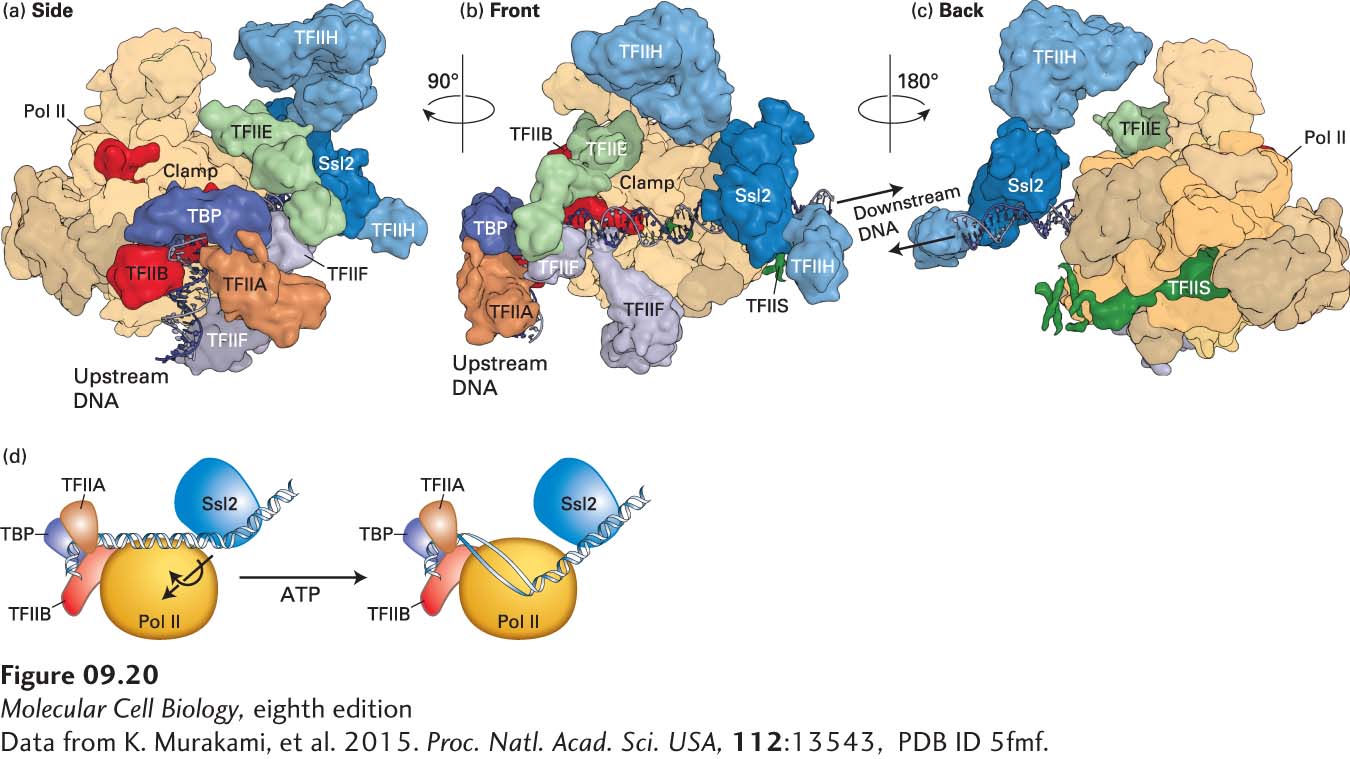
FIGURE 9- x- a- o- o-
[Data from K. Murakami, et al. 2015. Proc. Natl. Acad. Sci. USA, 112:13543, PDB ID 5fmf.]